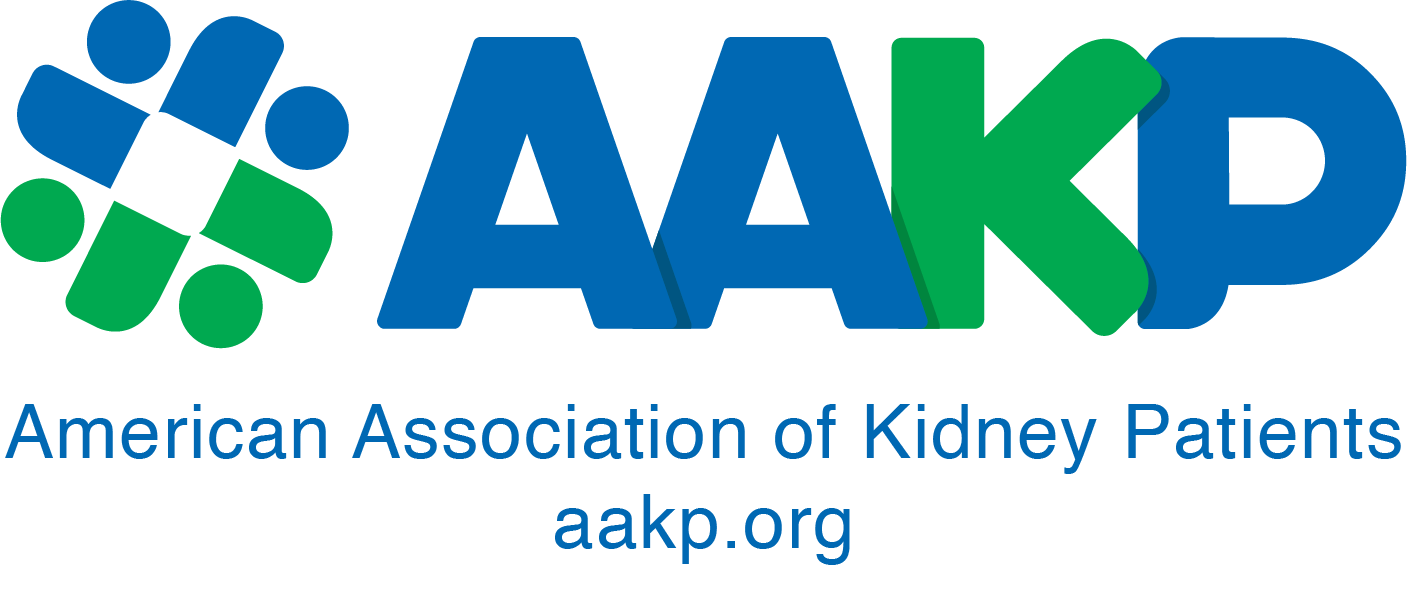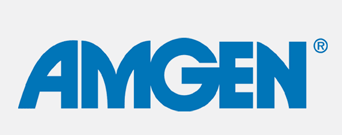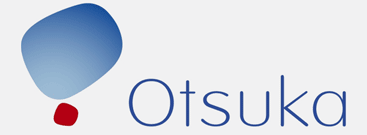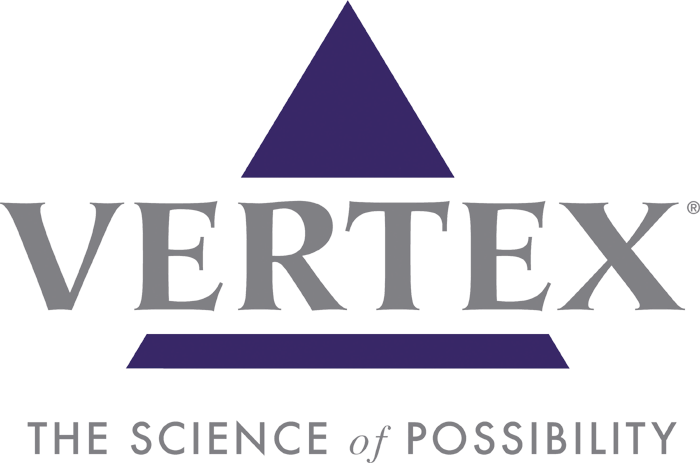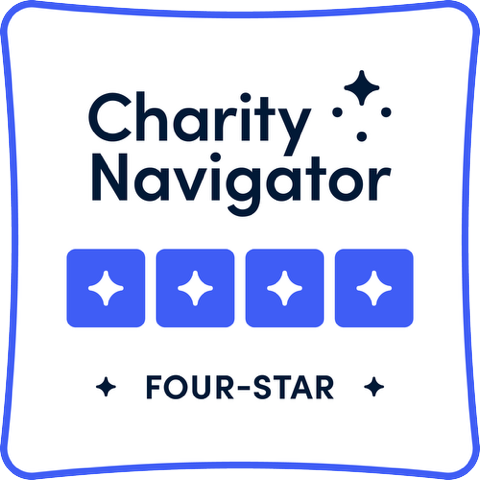In an effort to monitor trends and get an idea of the quality of care provided to end-stage renal disease (ESRD) patients nationwide, the Centers for Medicare & Medicaid Services developed the Consolidated Renal Operations in Web-enabled Network – also known as CROWNWeb.
CMS, Medicare-certified dialysis facilities, and key ESRD stakeholders use the information entered in CROWNWeb to identify areas requiring additional focus, and to develop programs intended to improve patient outcomes. Facilities’ patient care results, coupled with engaged and vocal patients, present a picture of how the health care system is doing in meeting patient needs. They also help to identify areas in need of improvement. Dialysis patients are important to pointing out and carrying out changes necessary to improving the systems of care delivery. This article provides a description of the benefits that the CROWNWeb system brings to patients.
About CROWNWeb
On June 14, 2012, CMS implemented CROWNWeb—to improve how dialysis facilities throughout the United States and several US territories report important patient and facility data to CMS. CROWNWeb serves as a secure central database that holds patient treatment information, activity reports, CMS forms, and monthly lab results for hundreds of thousands of dialysis patients at more than 5,800 facilities.
CROWNWeb has transformed how dialysis facilities report information to CMS. The system has allowed CMS, the ESRD Networks, Medicare-certified facilities, and ESRD stakeholders to move away from a paper-based data reporting and review process to an electronic format that provides patient care data immediately upon entry. CROWNWeb has also provided an infrastructure to reduce the time it takes CMS to collect, analyze, and report patient care statistics and trends that are documented as part of the agency’s Quality Measures Project—a CMS initiative that has been used by ESRD care providers for years to compare clinical performance results nationwide.
CROWNWeb’s Patient Benefits
Approved personnel at dialysis facilities throughout the United States and US Territories manage CROWNWeb’s secure data entry. The system includes a number of features that benefit patients both directly and indirectly. Some of these benefits include:
- Data Reporting. Historically, when calculating facility clinical performance, CMS used a very small percentage of patients that were randomly selected. This sample served as a representation of the entire ESRD patient population. In order to obtain a more complete and accurate depiction of patient care efforts, CMS now uses results from 100% of reported clinical results.
- Treatment History. CROWNWeb stores digital versions of CMS-2728 Medicare Eligibility beneficiary forms and prescribed dialysis treatment regimen. This archive of important data provides authorized facilities with instant knowledge on how to best care for an existing or new patient.
- Dialysis Facility Compare. CMS uploads facility and treatment quality data to the Dialysis Facility Compare (DFC) website. DFC uses this data to provide detailed facility information to help patients and families compare dialysis facilities and make informed healthcare decisions.
- Disaster Preparedness. With CROWNWeb’s patient admit/discharge tracking features, facilities can help patients locate open treatment centers and ensure that a patient finds a suitable location for treatment in the event of a disaster.
- Identifying Opportunities for Improvement. CROWNWeb captures monthly patient clinical lab results that provide insight regarding the quality of care provided by dialysis facilities. Elements of patients’ clinical results are grouped together to provide an overall picture of how the nation is performing in specific areas of dialysis.
In an effort to monitor trends and get an idea of the quality of care provided to end-stage renal disease (ESRD) patients nationwide, the Centers for Medicare & Medicaid Services developed the Consolidated Renal Operations in Web-enabled Network – also known as CROWNWeb.
CMS, Medicare-certified dialysis facilities, and key ESRD stakeholders use the information entered in CROWNWeb to identify areas requiring additional focus, and to develop programs intended to improve patient outcomes. Facilities’ patient care results, coupled with engaged and vocal patients, present a picture of how the health care system is doing in meeting patient needs. They also help to identify areas in need of improvement. Dialysis patients are important to pointing out and carrying out changes necessary to improving the systems of care delivery. This article provides a description of the benefits that the CROWNWeb system brings to patients.
About CROWNWeb
On June 14, 2012, CMS implemented CROWNWeb—to improve how dialysis facilities throughout the United States and several US territories report important patient and facility data to CMS. CROWNWeb serves as a secure central database that holds patient treatment information, activity reports, CMS forms, and monthly lab results for hundreds of thousands of dialysis patients at more than 5,800 facilities.
CROWNWeb has transformed how dialysis facilities report information to CMS. The system has allowed CMS, the ESRD Networks, Medicare-certified facilities, and ESRD stakeholders to move away from a paper-based data reporting and review process to an electronic format that provides patient care data immediately upon entry. CROWNWeb has also provided an infrastructure to reduce the time it takes CMS to collect, analyze, and report patient care statistics and trends that are documented as part of the agency’s Quality Measures Project—a CMS initiative that has been used by ESRD care providers for years to compare clinical performance results nationwide.
CROWNWeb’s Patient Benefits
Approved personnel at dialysis facilities throughout the United States and US Territories manage CROWNWeb’s secure data entry. The system includes a number of features that benefit patients both directly and indirectly. Some of these benefits include:
Data Reporting. Historically, when calculating facility clinical performance, CMS used a very small percentage of patients that were randomly selected. This sample served as a representation of the entire ESRD patient population. In order to obtain a more complete and accurate depiction of patient care efforts, CMS now uses results from 100% of reported clinical results.
Treatment History. CROWNWeb stores digital versions of CMS-2728 Medicare Eligibility beneficiary forms and prescribed dialysis treatment regimen. This archive of important data provides authorized facilities with instant knowledge on how to best care for an existing or new patient.
Dialysis Facility Compare. CMS uploads facility and treatment quality data to the Dialysis Facility Compare (DFC) website. DFC uses this data to provide detailed facility information to help patients and families compare dialysis facilities and make informed healthcare decisions.
Disaster Preparedness. With CROWNWeb’s patient admit/discharge tracking features, facilities can help patients locate open treatment centers and ensure that a patient finds a suitable location for treatment in the event of a disaster.
Identifying Opportunities for Improvement. CROWNWeb captures monthly patient clinical lab results that provide insight regarding the quality of care provided by dialysis facilities. Elements of patients’ clinical results are grouped together to provide an overall picture of how the nation is performing in specific areas of dialysis.
The Quality Measures and Patients
For years, CMS has used its Quality Measures Project (formerly known as the End Stage Renal Disease [ESRD] Clinical Performance Measures [CPM] Project) as one of the renal community’s primary means of checking and reporting the quality of dialysis services provided under the Medicare program. Information collected and documented as part of the Quality Measures Project have allowed ESRD stakeholders to gauge patient care efforts and outcomes by allowing a comparison of clinical performance results at the facility, ESRD Network, and national levels. Historically, obtaining and documenting data as part of the Quality Measures Project took CMS upward to 24 months. Now, with the release of CROWNWeb, CMS and key ESRD stakeholders are able to monitor key patient treatment information in real-time directly in CROWNWeb upon entry. That information can then easily produce reports based on provided data in a matter of months. This means that dialysis facilities will be able to access their clinical performance results in a timelier manner, which they can use to help determine if better programs geared towards meeting the needs of ESRD dialysis patients are required.
Working With Your ESRD Network?
Each ESRD Network covers a geographic area that consists of one or more U.S. states and/or territories. They are responsible for supporting use of the right treatment modalities to maximize quality care and quality of life, encouraging vocational rehabilitation and patient employment, reviewing and approving patient data, addressing patient complaints and grievances, and working with providers to meet established goals for improving quality of care.
Patients and their families have the ability to work with their assigned ESRD Network to serve on patient advisory committees, Learning and Action Networks, and provide feedback that can help improve the overall ESRD patient care delivery system.
Patient and Family Engagement
Understanding the importance of the patient voice, CMS implemented the ESRD Network Patient and Family Engagement Learning and Action Networks (LANs) to provide patients and families the ability to participate in in-depth learning and problem solving discussions with other patients, healthcare workers, and their ESRD Networks. LANs bring together healthcare professionals, patients and other stakeholders together to discuss patient-driven topics. They include collaborative projects and activities that allow participants to learn from each other. Additionally, LANs help empower patients to create and educate the ESRD community on policies and best practices that affect patient care.
For More Information
ESRD patients who want to obtain more information on the CROWNWeb system or learn about how their treatment information will be reported can enter “Patients and CROWNWeb” in the Search section of the Project CROWNWeb website at www.projectcrownweb.com. Information about the system is also available at CMS’ CROWNWeb site at www.qualitynet.org via the ESRD tab. Furthermore, patients can contact their ESRD Network for further details regarding how the CROWNWeb system’s data collection capability has improved patient data-management efforts, and to learn about LANs.
The work on which this publication is based was performed under Contract Number HHSM-500-2011-00157G, titled “CROWNWeb Outreach, Communication, and Training,” funded by the Centers for Medicare & Medicaid Services, Department of Health and Human Services. The content of this publication does not necessarily reflect the views or policies of the Department of Health and Human Services, nor does mention of trade names, commercial products, or organizations imply endorsement by the U.S. government.
The author assumes full responsibility for the accuracy and completeness of the ideas presented. The author welcomes comments on the ideas presented; please send comments to CRAFT@ProjectCROWNWeb.org.
Publication Number: FL-OCT-2013OCTT2-10-1366
